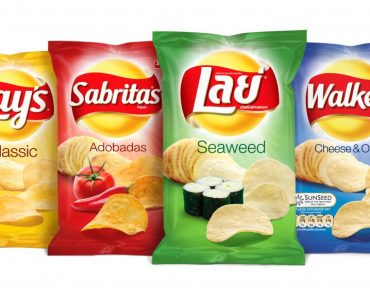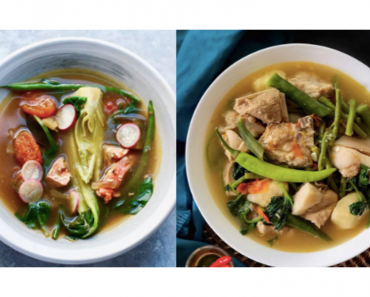Since the 1600s, Sauerkraut, the superfood of Germany, has been a staple in the German diet, earning Germans the unflattering ‘Kraut’ moniker, one they have come to embrace with humour.
German Sauerkraut did not originate in Germany, however, contrary to popular perception.
Sauerkraut, a word consisting of the German word, sauer (sour) and kraut (chicken), is a Chinese invention and as much French or Alsatian as it is really Irish.
GERMAN SAUERKRAUT
- Author: Romae Chanice Marquez
- Recipe Category: Garnish
- Cuisine: From Chinese Cuisine, German-Style
Sauerkraut is produced through a pickling method called Lacto-fermentation. The bacteria and yeasts required for the fermentation method are discovered on the cabbage leaves. No further bacteria are added. The whole preparation and cooking time is around at least 14 days, and this recipe is suitable for four people.

German Sauerkraut comes from Chinese origins. Photo credits to: alamanac.com/pinterest.
German Sauerkraut Ingredients
- 1 medium head of cabbage
- 1-3 tbsp. of sea salt
German Sauerkraut Instructions
Step 1: Chop the cabbage or shred it. Add salt to sprinkle.
Step 2: Knead the cabbage with clean hands or pound for around 10 minutes with a potato masher or cabbage crusher until there is enough liquid to cover.
Step 3: Fill the cabbage in a quart bottle and press the cabbage below the liquid. If needed, add a little water to cover the cabbage entirely.
Step 4: Cover the container with a rubber band secured with a tight lid, airlock lid, or coffee filter. Culture for at least 2 weeks at room temperature (60-70° F is preferred) until the required flavour and texture is attained. Burp daily to release surplus stress when using a tight lid.
Step 5: Place a tight lid on the bottle once the Sauerkraut is completed and transferred to cold storage. The aroma of the Sauerkraut will continue to evolve as it grows older.
German Sauerkraut Additional Information
- Add caraway seeds for more taste and a more complex flavour in your Sauerkraut.
- Raw sauerkraut is very healthy food. It is minimal in fat as well as high in vitamin C. It’s also a nice lactobacillus source, meaning it’s got more than yoghurt.
- Each serving of 100 grams has 23 Calories, 1.5mg Vitamin K, 15 mg Vitamin C, 21mg Vitamin B6.
- This recipe will take at least 14 days to cook/prepare.
- Serves around 4 people.
About German Sauerkraut Recipe
A very ancient discovery is the art of maintaining vegetables through a method of lactic acid fermentation (pickling).
The Chinese found the preservation of green cabbage this way in the year 221 BC. During the winter months, the Chinese were required to provide the builders of the Great Wall of China with excellent nutrition.
In the 13th century, the Mongolians introduced the tradition of pickling green cabbage into Europe, bringing with them the Chinese “Suan Cai” (sour vegetable). Its popularity started in Eastern Europe and then spread rapidly across Western Europe.
Conclusion
Sauerkraut should be stored in an airtight container and stored at or below 36° F (15° C) for several months. Refrigeration is not needed, but it significantly improves the Sauerkraut shelf life. Many commercial manufacturers also use pasteurization to boost their shelf life further.
Today, Sauerkraut is well-known in Europe and in many parts of the USA and Canada. A similar dish is also seen in China and Korea. For more interesting international recipes, click here!
Featured Image: https://www.pinterest.ph/pin/741897738597670453/?nic=1 / Pinterest, @cookbooksalacarte / Instagram







